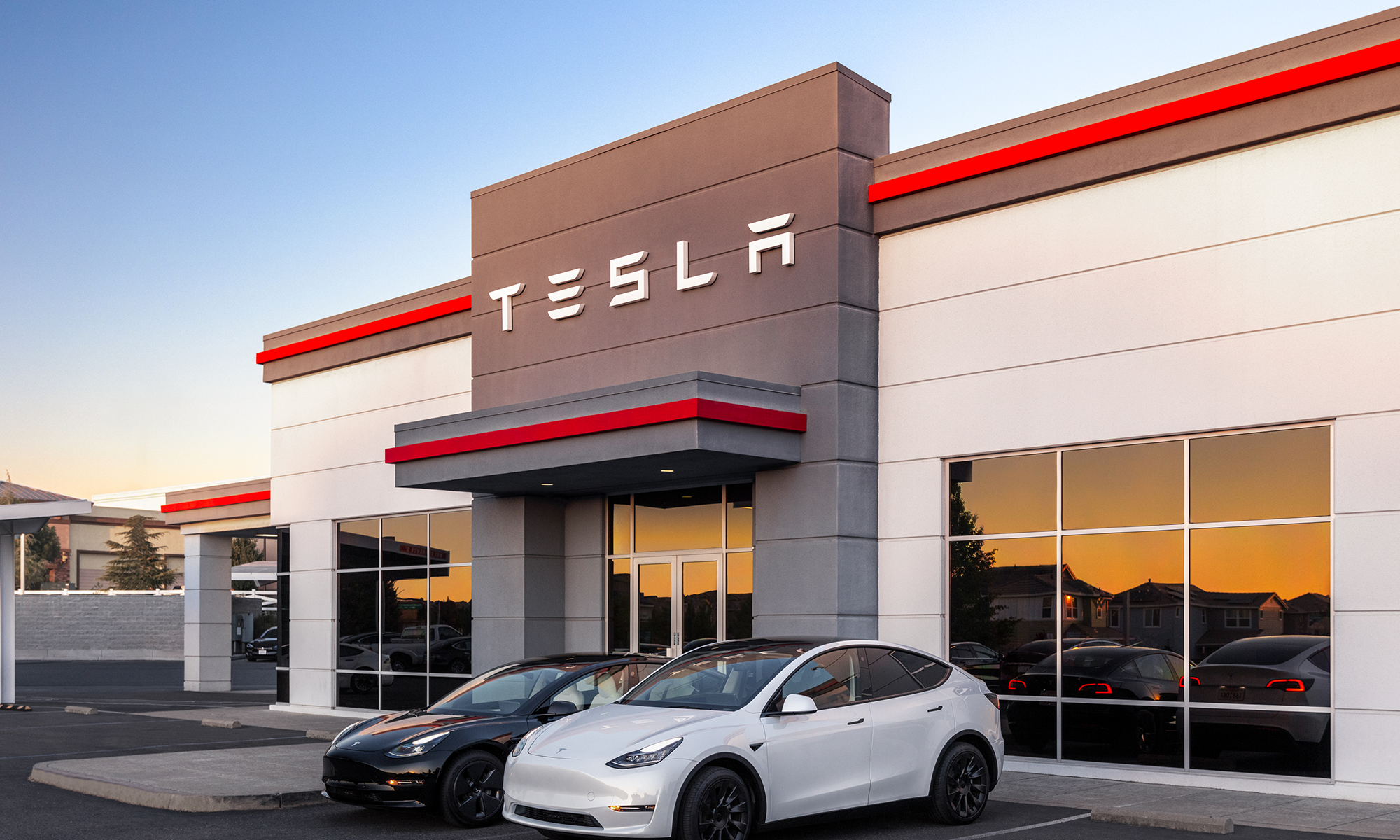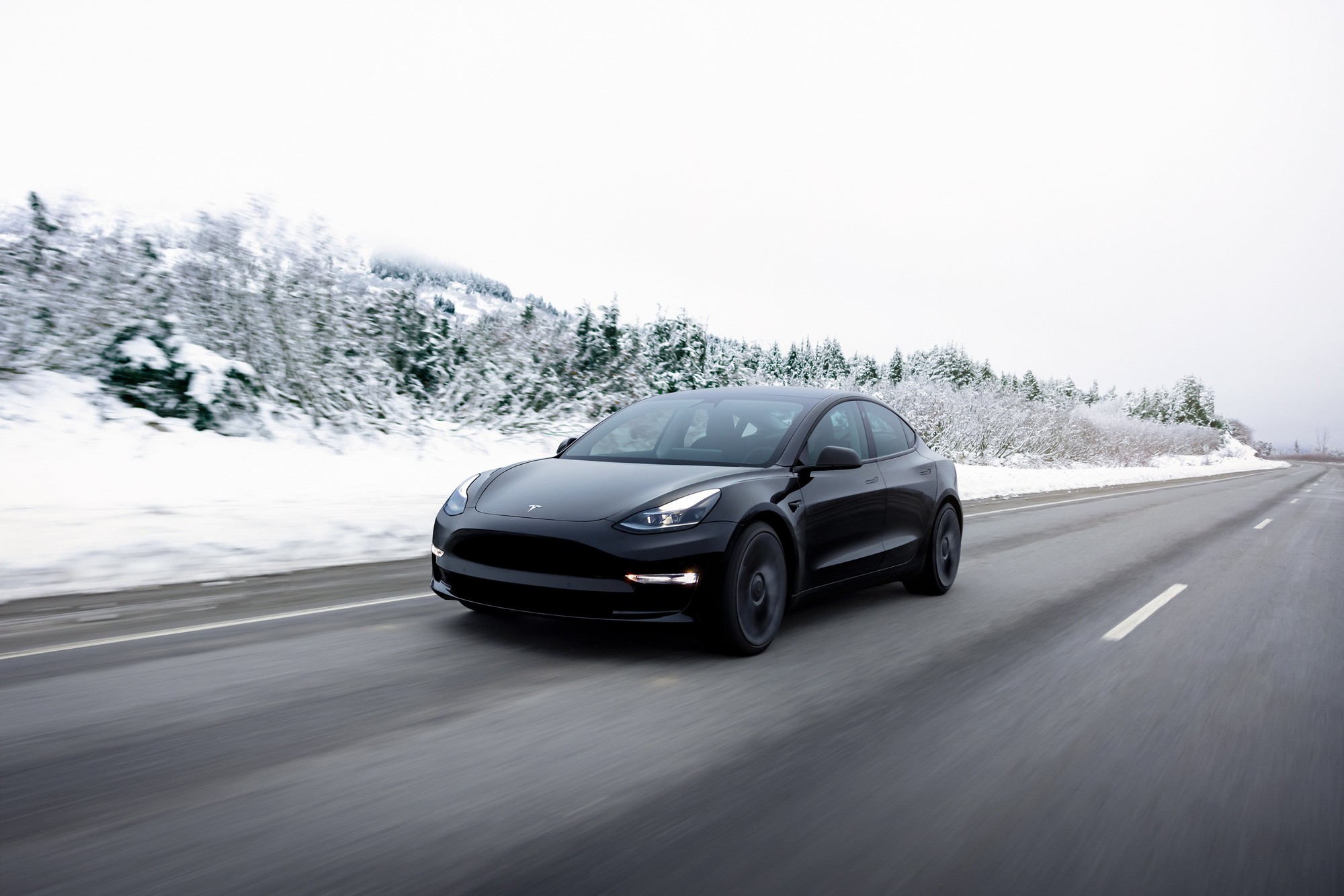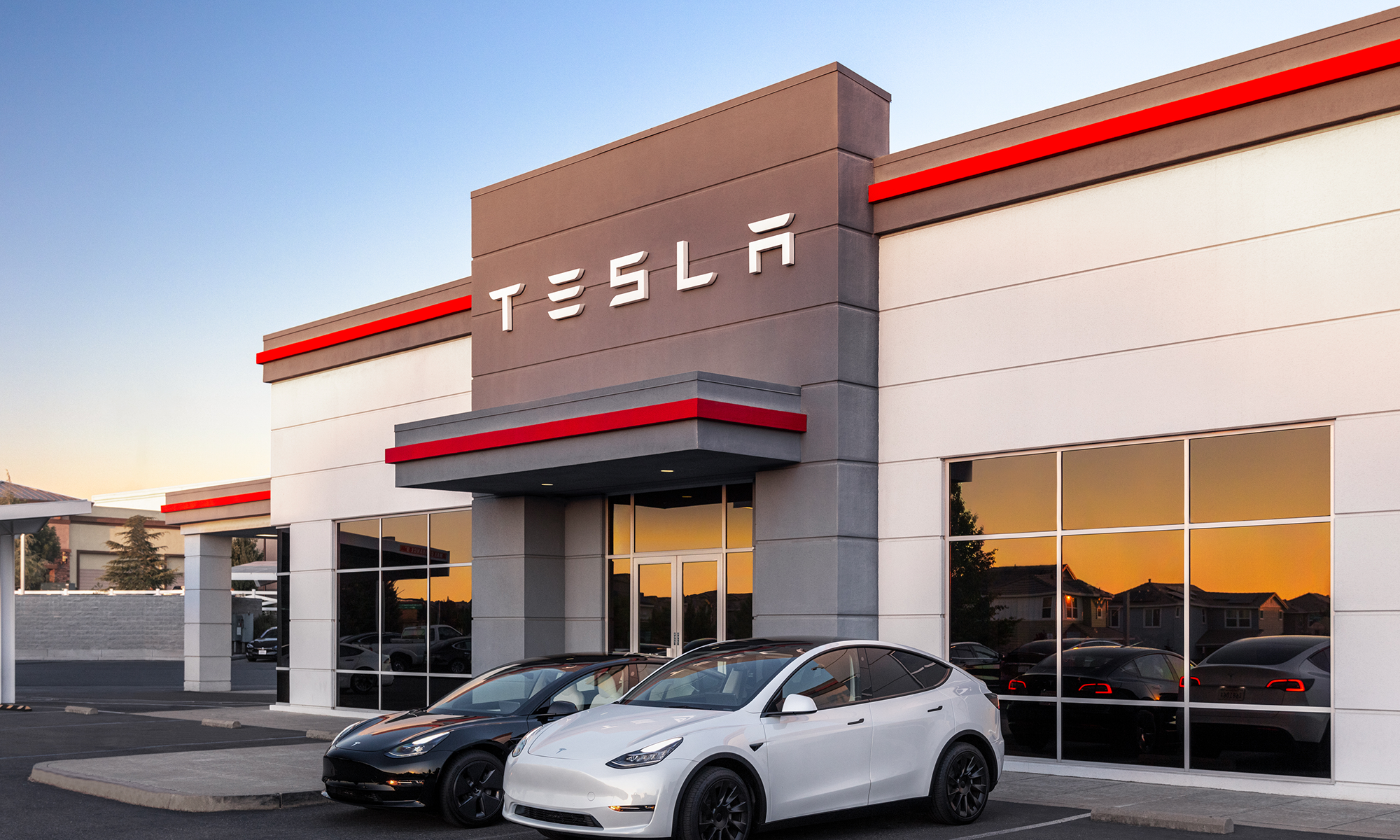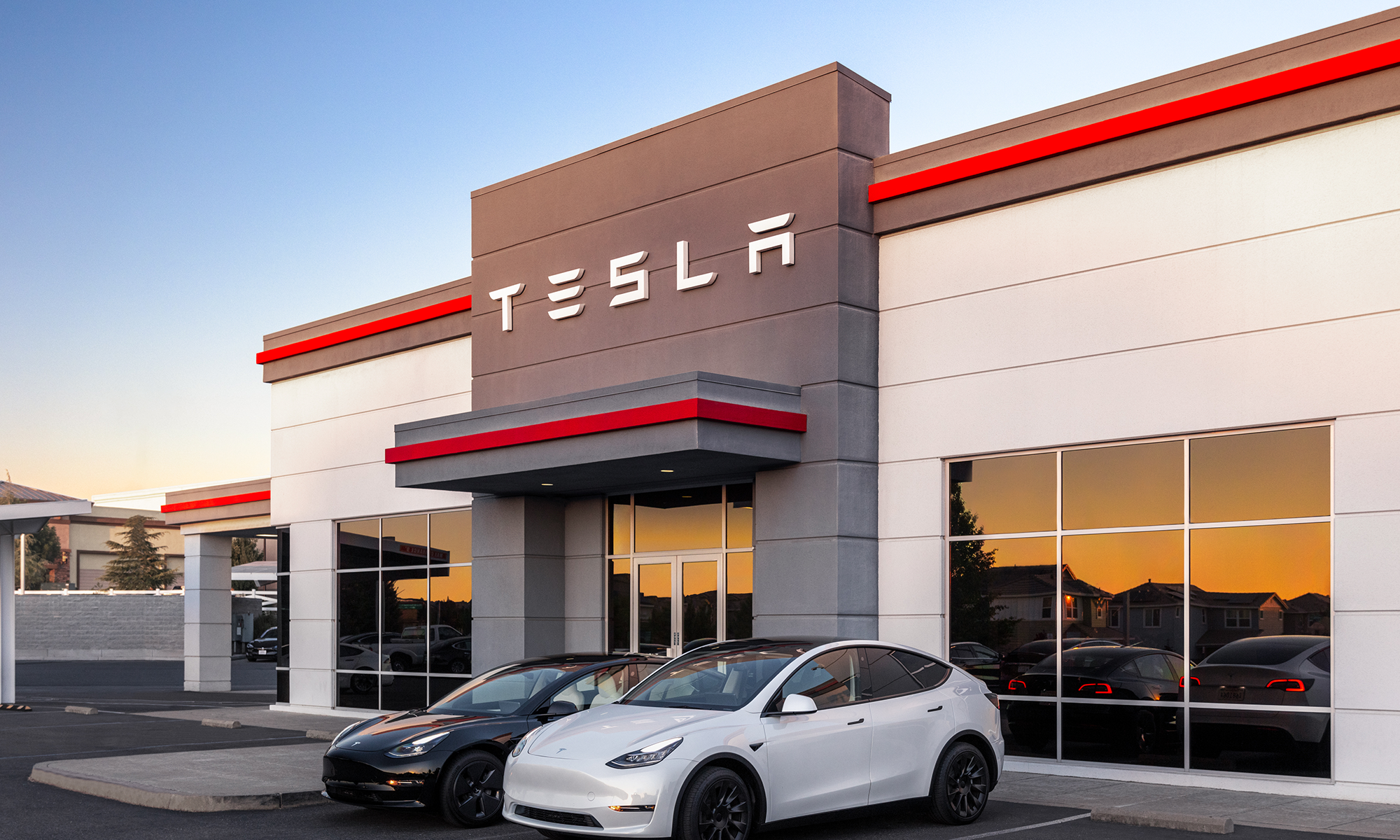Tesla's (TSLA 0.15%) upcoming robotaxi event this year is likely to generate a lot of fanfare. It can help highlight just how far the company has come with respect to its autonomous driving capabilities. If it's a success, it has the potential to drive the stock to new heights.
But not everyone is convinced that a robotaxi is what the industry needs, or that it will be an amazing growth opportunity. Ford Motor Company CEO Jim Farley recently discussed what a robotaxi might mean for the industry, and its limitations. Here are three reasons why he doesn't think it will be a game changer.

NASDAQ: TSLA
Key Data Points
1. The technology is limited, for now
Farley says that the technology for robotaxis is limited, noting that if there are adverse weather conditions (i.e., rain or snow) or if there is any problem whatsoever, a "physical backup plan" is going to be necessary.
While the technology could improve to a point where that is no longer the case, so long robotaxis operate only under ideal conditions, it could significantly impact their usefulness. Which means, for the foreseeable future, robotaxis aren't going to make a major dent in the auto industry.
2. Many robotaxi companies are remotely controlling the vehicles
Another thing Farley has found is that many robotaxi companies have "warehouses filled with people remotely controlling the vehicle." Of course, robotaxis aren't truly autonomous if they require someone to continuously monitor them.
Unless Tesla can demonstrate that its robotaxi surpasses what Farley has seen, commercial adoption might be limited as it would imply that the company would need to hire a significant number of staff to oversee a fleet of robotaxis. That could drastically increase its costs and limit the profit potential from this opportunity. And it certainly wouldn't be proof of the company's autonomous driving capabilities.
3. It may require too much regulation
Ultimately, Farley and his team also came to the conclusion that the market opportunity wasn't appealing enough and convincing enough to focus on robotaxis. His concern is that robotaxis would add a lot of congestion onto roads and that regulators would likely have an issue with that, potentially leading to significant regulations and red tape.
And if there's one thing that can throttle a company's growth opportunities, it's a lot of obstacles from regulators.
Tesla investors should look for solutions to these issues at the upcoming robotaxi event
Tesla will unveil its robotaxi on Oct. 10. But investors should remember these issues when the event comes, to see if Tesla CEO Elon Musk has answers for them. While the robotaxi may work at an event and look like a game changer, if it's being controlled remotely by someone or can't handle adverse weather conditions, investors should take any such accomplishments with a grain of salt.
There's often a lot of hype that comes with electric and autonomous vehicles. The danger is that investors may be investing based on a technology they don't fully understand, including what its limitations and challenges are. Inside of a controlled event and stage where conditions are ideal, things can look perfect. But the reality may be much different. Investors shouldn't forget that when watching the robotaxi event.
Should you buy Tesla stock today?
Tesla's stock is down 17% this year as concerns mount about its shrinking margins and rising competition from China. At a 60 times earnings multiple, you'll need to be a big believer in Musk's vision for not just electric vehicles, but artificial intelligence as a whole to be able to look past its high valuation and still think it's a good buy right now.
I would suggest holding off until at least after the robotaxi event to see if Tesla's technology can prove to be superior to what Farley has seen up until now. If it isn't, that could be confirmation for investors that Tesla is too risky to invest in.






